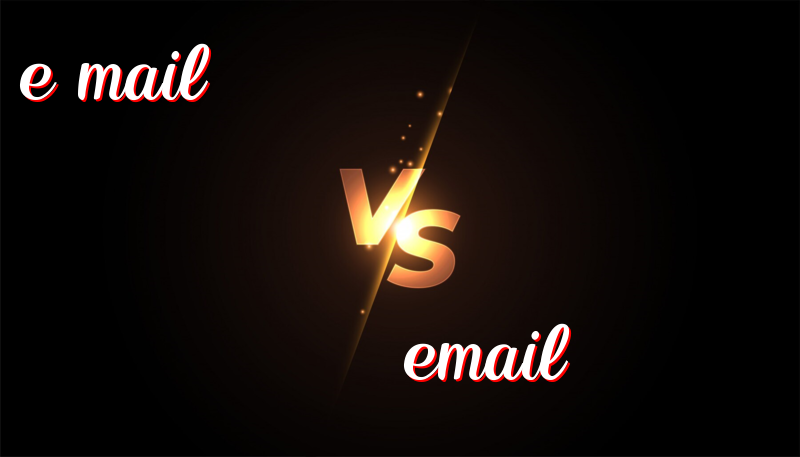Understanding the Evolution and Usage of E-mail and Email
Difference Between E-mail and Email
E-mail and Email refer to the same thing: electronic mail. But they have different histories and ways to use them. Let’s explore the difference.
History
E-mail is the older way to write the word. It has a hyphen (-) between the ‘E’ and ‘mail’. The ‘E’ stands for ‘electronic’. People used the term ‘e-mail’ when electronic mail first started because it was new and needed a clear name.
Email, without the hyphen, is more modern. As people got used to electronic mail, they started to drop the hyphen. Today, ’email’ is more popular and easier to write.
How to Use Them
You can use both e-mail and email in the same way, but ’email’ is more common now. Here are some examples:
E-mail Usage
- I will send you an e-mail tomorrow.
- Did you get my e-mail yesterday?
- She received an e-mail from her teacher.
- He needs to check his e-mail inbox regularly.
- We read an e-mail about the meeting details.
Email Usage
- I will send you an email tomorrow.
- Did you get my email yesterday?
- She received an email from her teacher.
- He needs to check his email inbox regularly.
- We read an email about meeting details.
Trick to Remember the Difference
Think of ’email’ as the newer, simpler version. Many people use it now because it is shorter and looks cleaner. However, both are correct.
Summary
Both e-mail and email mean the same thing. ‘E-mail’ is older and has a hyphen. ‘Email’ is newer and more common today. It’s fine to use either, but you will see ’email’ more often.

Leave a Reply
You must be logged in to post a comment.